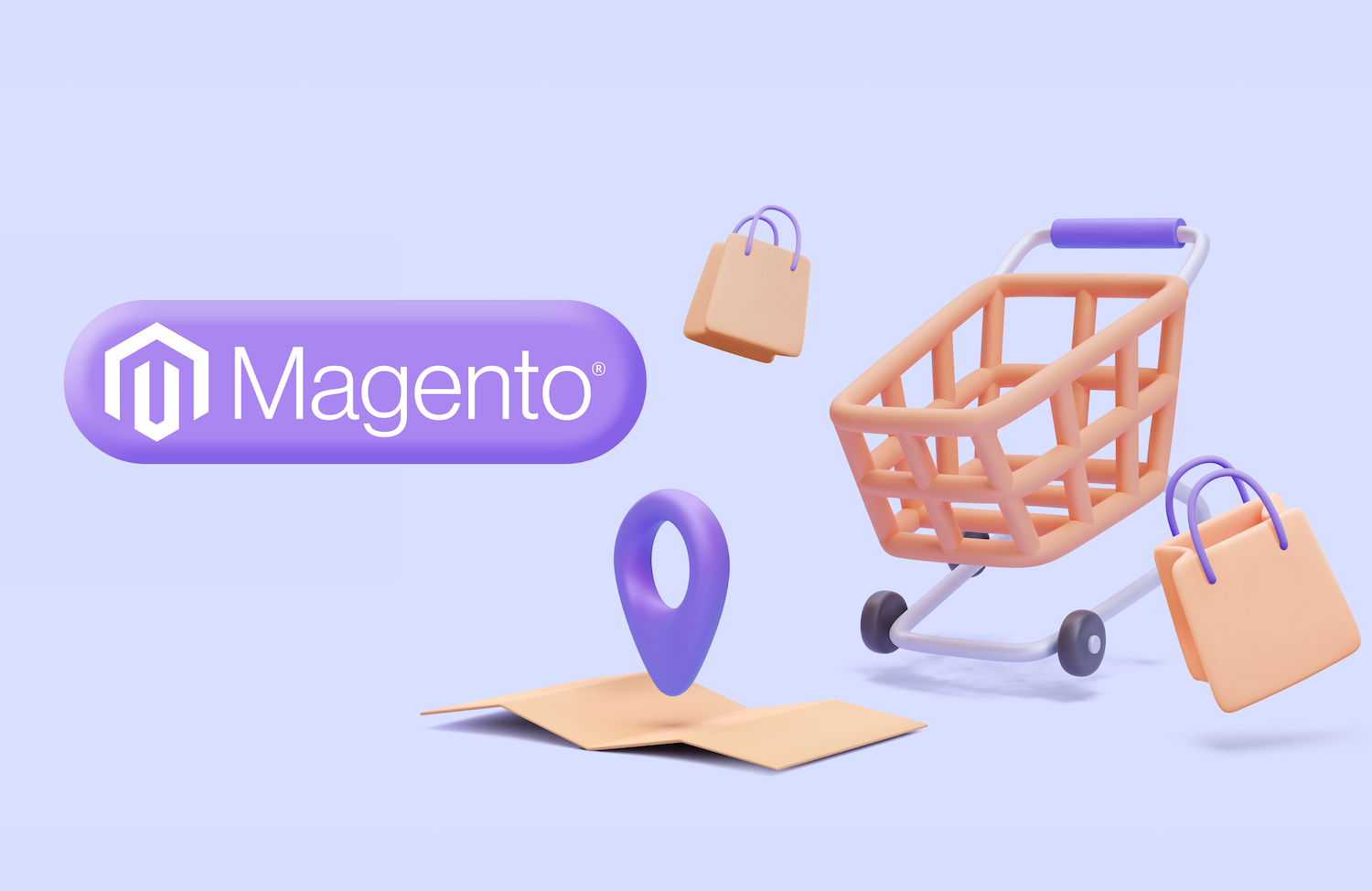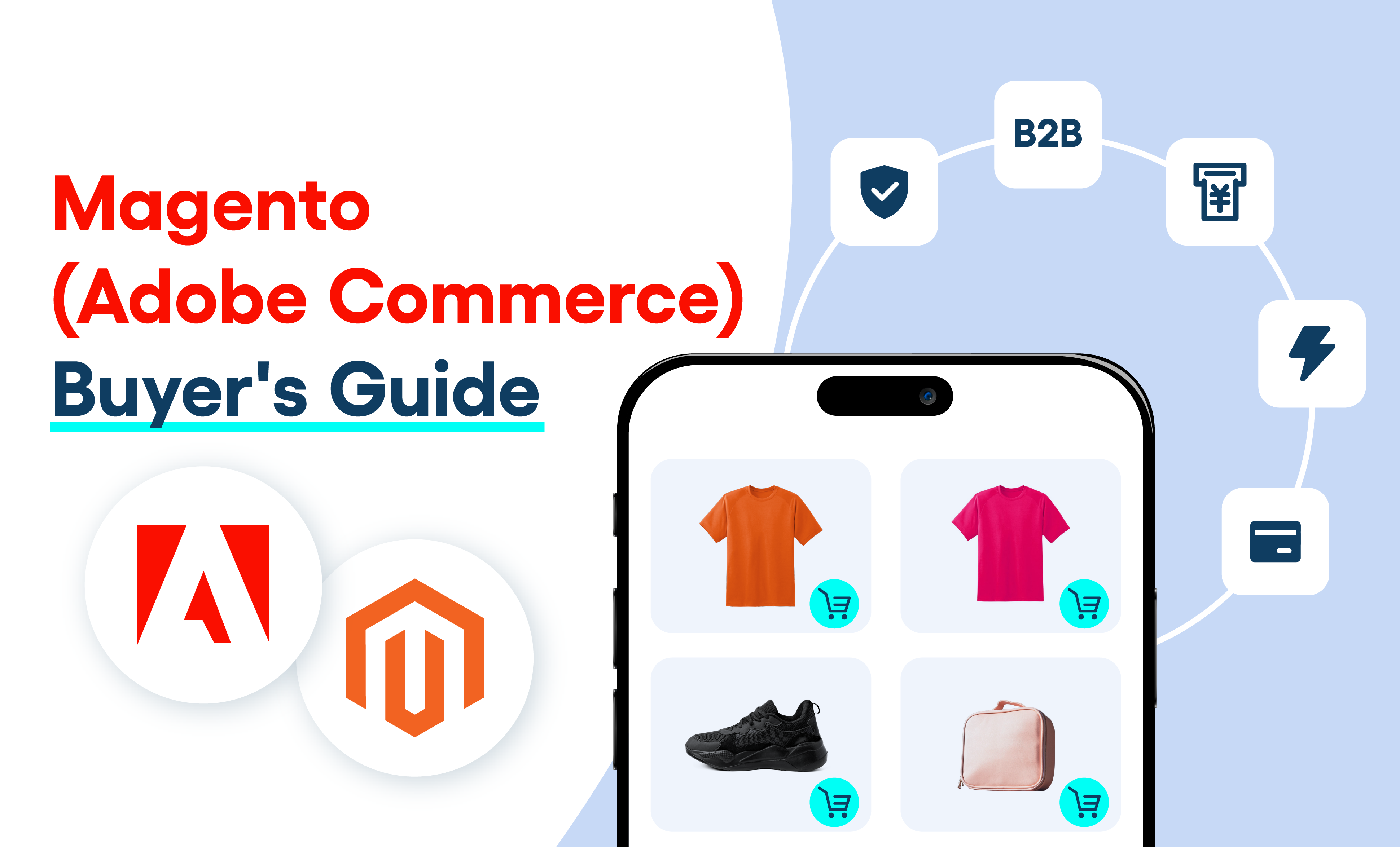Over the past two decades, most businesses have had to deal with the online world in some way. But while many jumped in head-first and embraced eCommerce, others have understandably been more cautious. For several good reasons, some businesses chose instead to stay purely offline. However, the online world has become more integrated with our daily offline lives than ever before. Meanwhile, the Coronavirus has highlighted the vulnerability of purely offline businesses in this day and age. So now even some of the most determined offline businesses are considering dipping their toes into the online world, and taking their business online.
We put together this two-part article series to help such enterprises approach digital transformation. eCommerce can be intimidating to even the most confident offline businesses, but TMO Group has a wealth of experience in this sphere to help businesses go online painlessly and successfully.
~~~~~~~~~~~~~~~~~~~~~~~~~~~~~~~~~~~~~~~~~~~~~~~~~~
Traditional Retail Stores and Brands Going Online
Offline stores have long enjoyed retail dominance, and despite the rise of eCommerce this is suggested to continue for some time yet. Consumers enjoy the brick & mortar shopping experience, and often it's their most convenient option also. A well-chosen location can make a store instantly preferable to an online order.

But in the digital age, customers are doing much of their shopping online instead of the high street. Others are researching their preferences online first, and may opt to buy online too if the price is right. Increasingly, customers are also augment their convenient trips to physical stores with the convenience online options can provide. If they have already been to the store this week but forgot an item, they might pop online to buy. This might be from the same store's online portal if possible, but if not, at a competing online store.
So it was becoming clearer that those purely offline store are missing out on more and more sales, even before the Coronavirus made traditional retail look quite so fragile. In this article we go over the main points which offline stores need to address to make the jump online.
Acquiring Digital Product Assets
One important task when taking your business online is generating consumer-facing information. Specifically this means obtaining or writing product names and descriptions, as well as images and matching graphical elements. You may not be able to easily find or obtain these from the manufacturer or brands you work with. If so, you'll need to tackle the task of producing this content yourself. Many times this can be handled by an existing member of the team with a good knowledge of the products you sell and a way with words, but content creation is also easily outsourced.

Bringing Stock Management into the Digital Age
Understandably, many traditional retail stores rely on legacy stock management systems. These are often reliable old systems that their employees are comfortable and familiar with. And since the store hasn't digitalized, the online features of more modern systems are unnecessary. These stores can manage stock much in the same way they did a half-century ago.
But, of course, that means that for any such businesses considering digital transformation, these systems will need to be upgraded, replaced, or augmented. The online market has numerous complicated expectations of stores they patronize. As such, older systems made before the Internet was such an essential and familiar part of daily life simply aren't designed to satisfy modern online customers.

The cutting edge inventory management software of today doesn't just communicate between an online sales platform and your stockroom or warehouse. Some new features are especially helpful for chainstores or simply stores with multiple branches or warehouses. Modern systems can automatically match customer addresses with the nearest stock of the items they ordered, even if that means a mixed order from multiple warehouses. Cloud technology can provide even more stable, reliable and traceable inventory management.
Expanding, Streamlining, and Modernizing Operations
One of the biggest challenges involved in digital transformation can be making sure that your operations side is able to keep up. You likely have a dedicated workforce who are comfortable and familiar with your offline processes and tools. Additionally, offline businesses tend to hire experienced workers who themselves have a history of working offline rather than on. As such, despite having a solid reliable team for your current operations, you may find your team is relatively inexperienced when it comes to the new tasks and systems you're looking to introduce.

Thankfully, this is an area where there are multiple solutions. Choosing between them is a matter of preference, practicalities, and company philosophy. Firstly, retraining your current team retains existing experience and talent while readying your business for online. However, not every employee will find it easy to train in these areas. So another option is to hire dedicated staff to deal with the new workload. New employees can supplement a team rather than replace existing team members, and even run training sessions. A third option is outsourcing. This way, you can have all the online side handled by experts off-site. However, this can be expensive and does involve allowing others control over parts of your operations.
When it comes to logistics, the preferred option is outsourcing, or partnering with a logistics company that can handle all your needs without adding workload to your plate. It's a complex industry, and third parties have built their business around making it simple for their clients. For customer service, it's a mixed bag, for the reasons given above. Modern tools, including CRM software like Salesforce, that can make the task easier do exist, but you'll need to train existing staff to use them or else hire staff who can.
Selecting the Right Platform
Choice of platform is an important decision for any business going online for the first time. In eCommerce's infancy, the standard option was to set up your own website and handle sales through this. However, this wasn't always as easy as it seemed. Amateurish and unprofessional online brand stores became common. This, alongside fragmentation of platforms, in part led to the popularity of marketplaces like Amazon. Professional, accessible marketplaces where consumers can shop for multiple kinds of items at once quickly proved popular.
These days, there are suites of tools to help you launch your own professional brand eCommerce site. For those who want to commit to this approach, companies like us at TMO Group can come in and handle this side. This way, platforms can have an experienced eCommerce team handle setup and management rather than newly acquiring this talent themselves.

Marketplaces VS Brand eCommerce: Pros and Cons
The basic positives to setting up on an existing marketplace are that the infrastructure is already there, the consumer base already exists on the platform, and it's relatively simple for a company with limited or no online expertise to set up on the platform. There are drawbacks, however. Sharing a platform with all your competitors means it can be hard to stand out. Also, you don't have total control over how your products are presented to consumers.
With your own dedicated eCommerce platform you not only gain full control but also don't have to worry about competition. Instead, the challenge is bringing users to your platform and then living up to their high expectations. This is why so many companies opt to consult experts in the area to overcome these challenges while enjoying the above advantages.
In Setting Up Your Own eCommerce Platform: Digital Transformation Part 2The benefits of taking your business online are clearer than ever. But given the cost of making it big on existing platforms, is using your own the answer?our next article, we take a deeper look at what is required when a brand chooses to set up its own eCommerce platform rather than join an existing one.
If you're interested in taking this conversation further, don't hesitate to get in contact with our team of experts here at TMO Group for a consultation.










